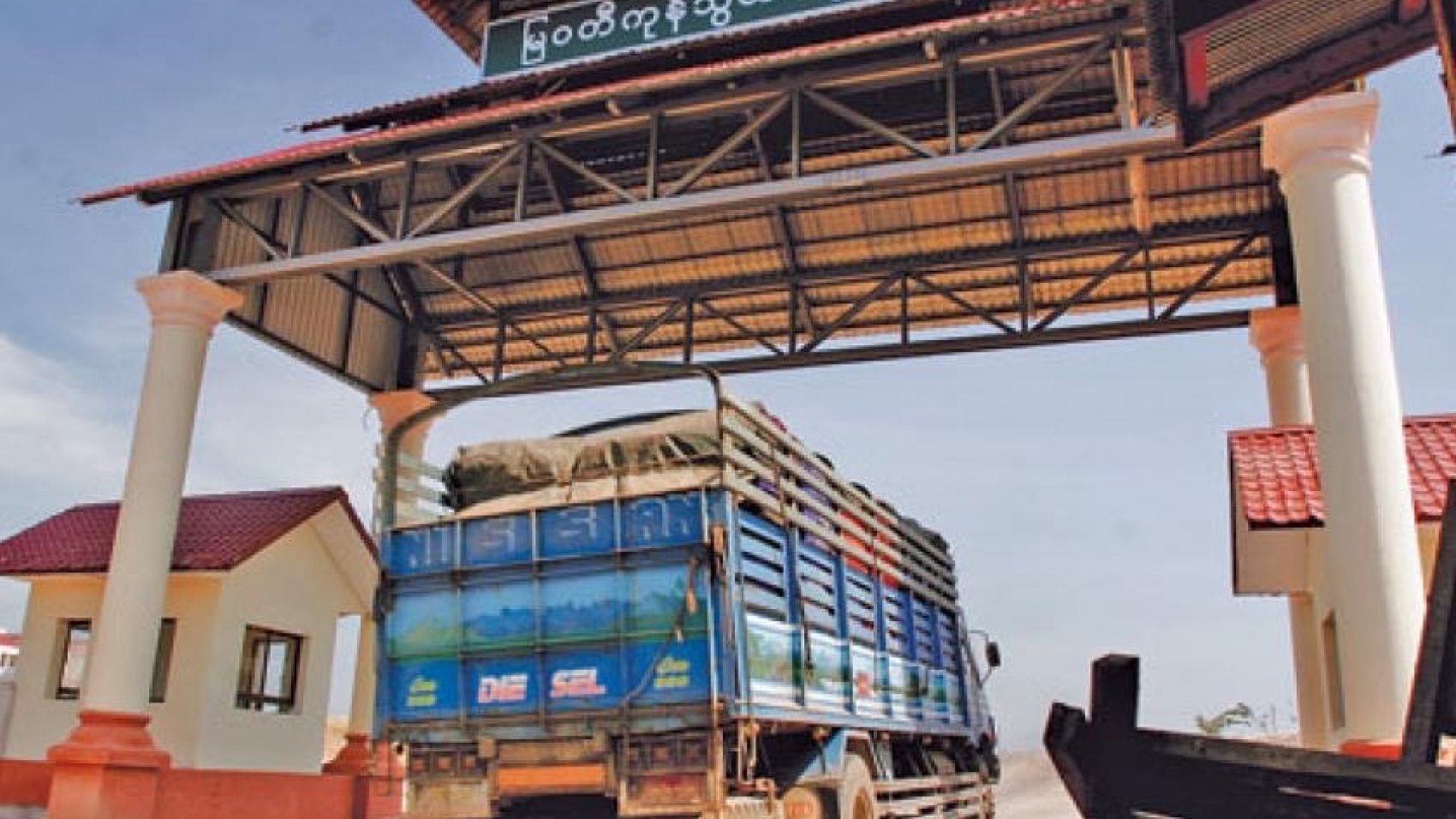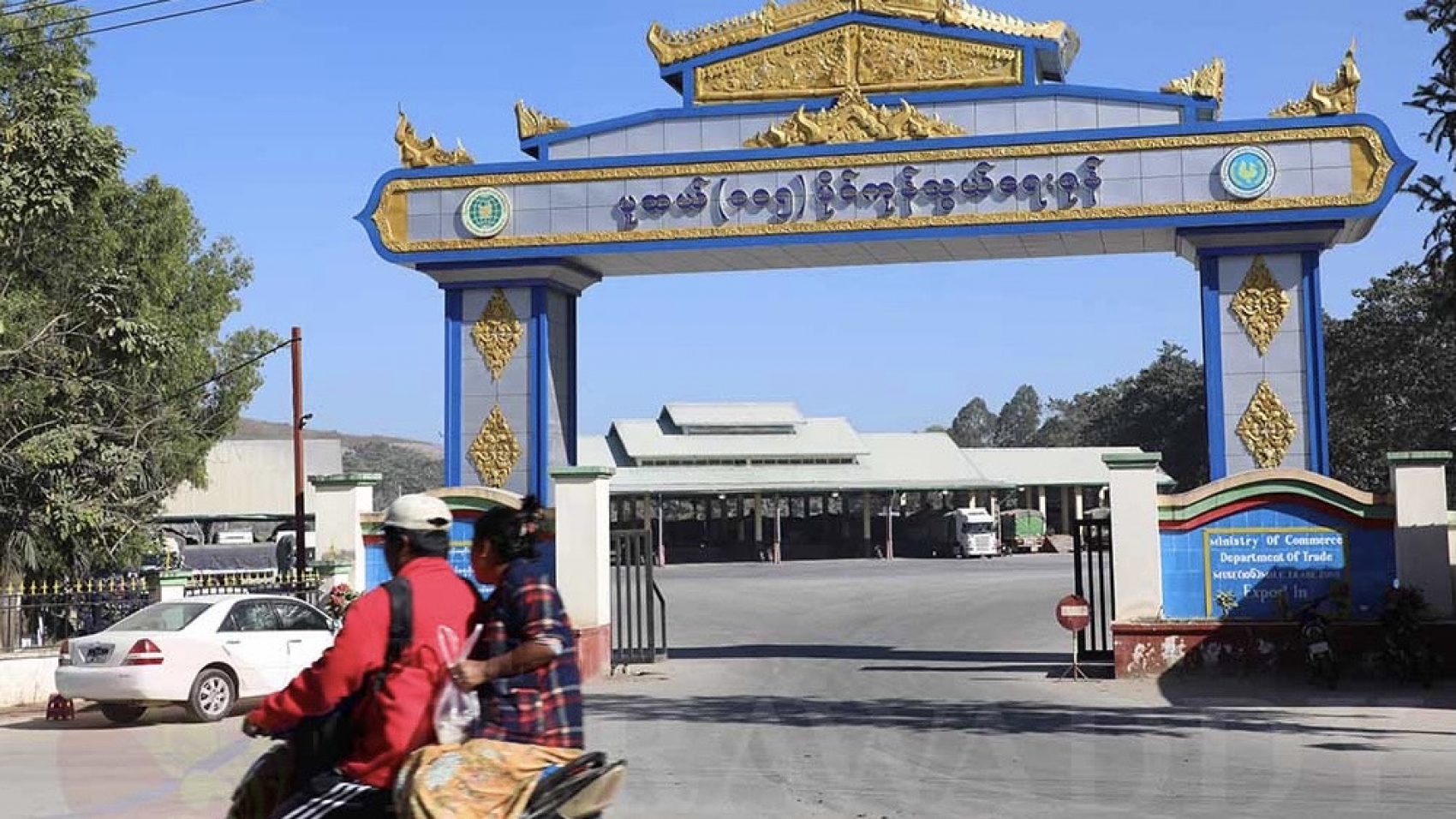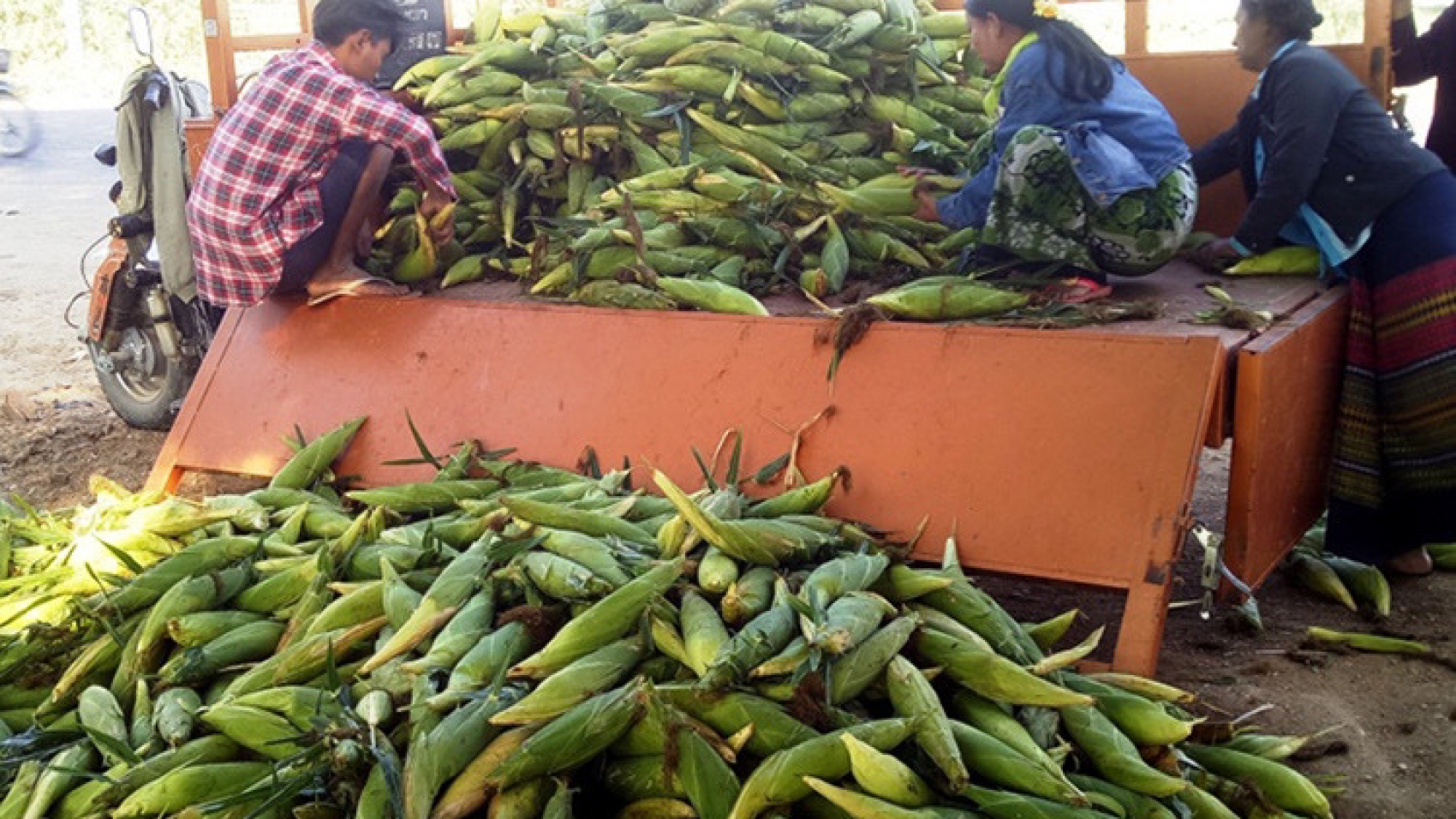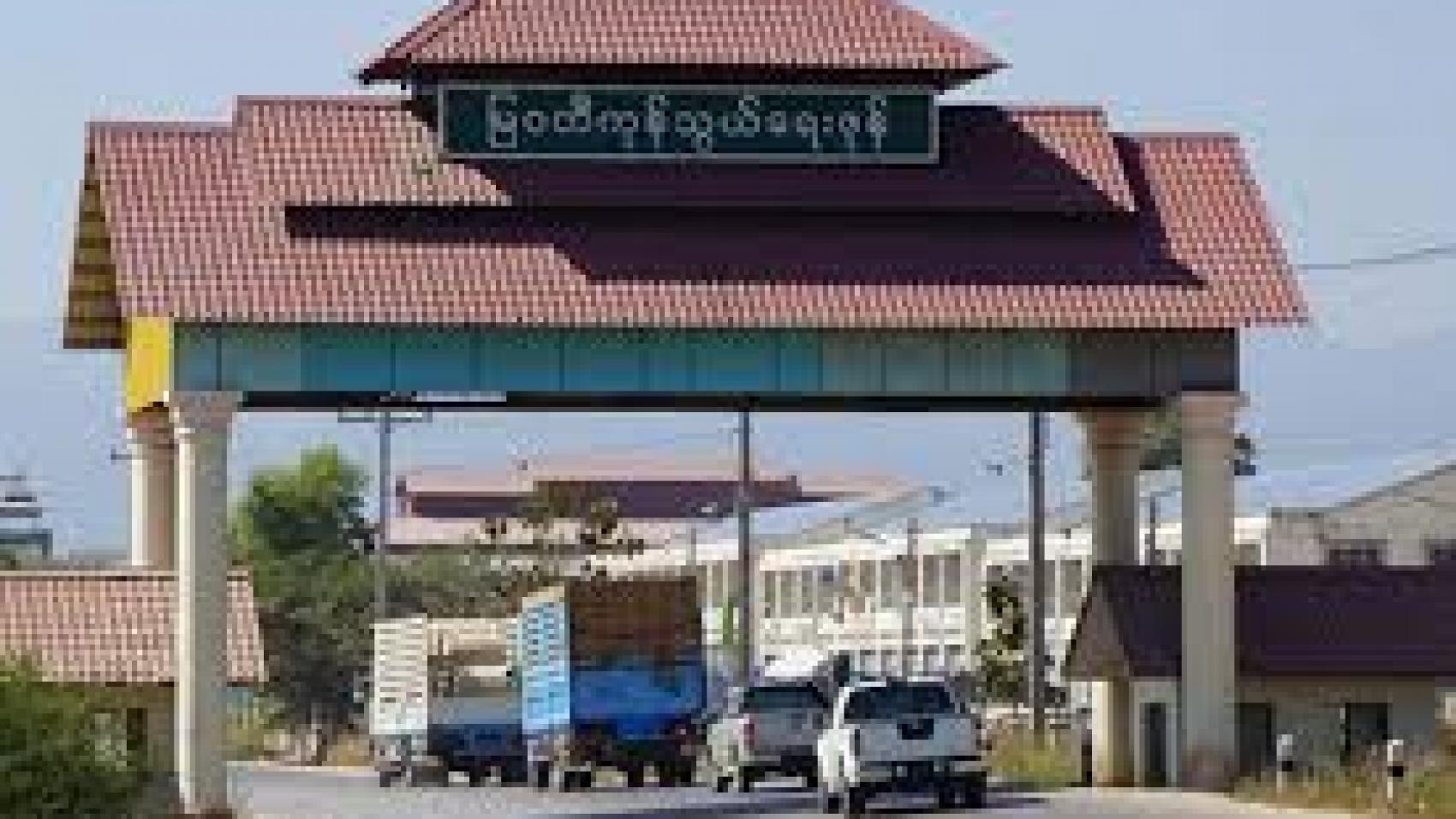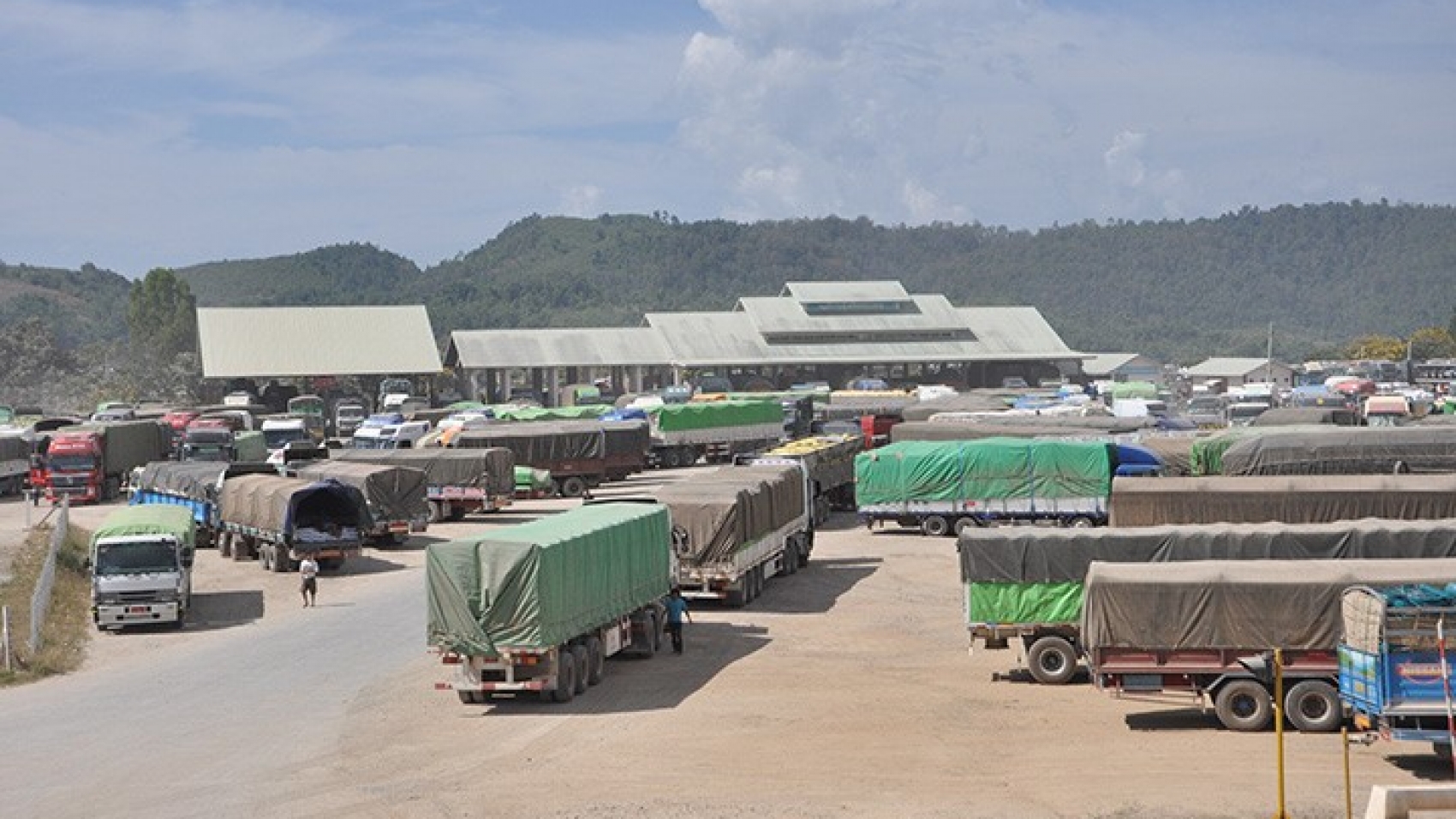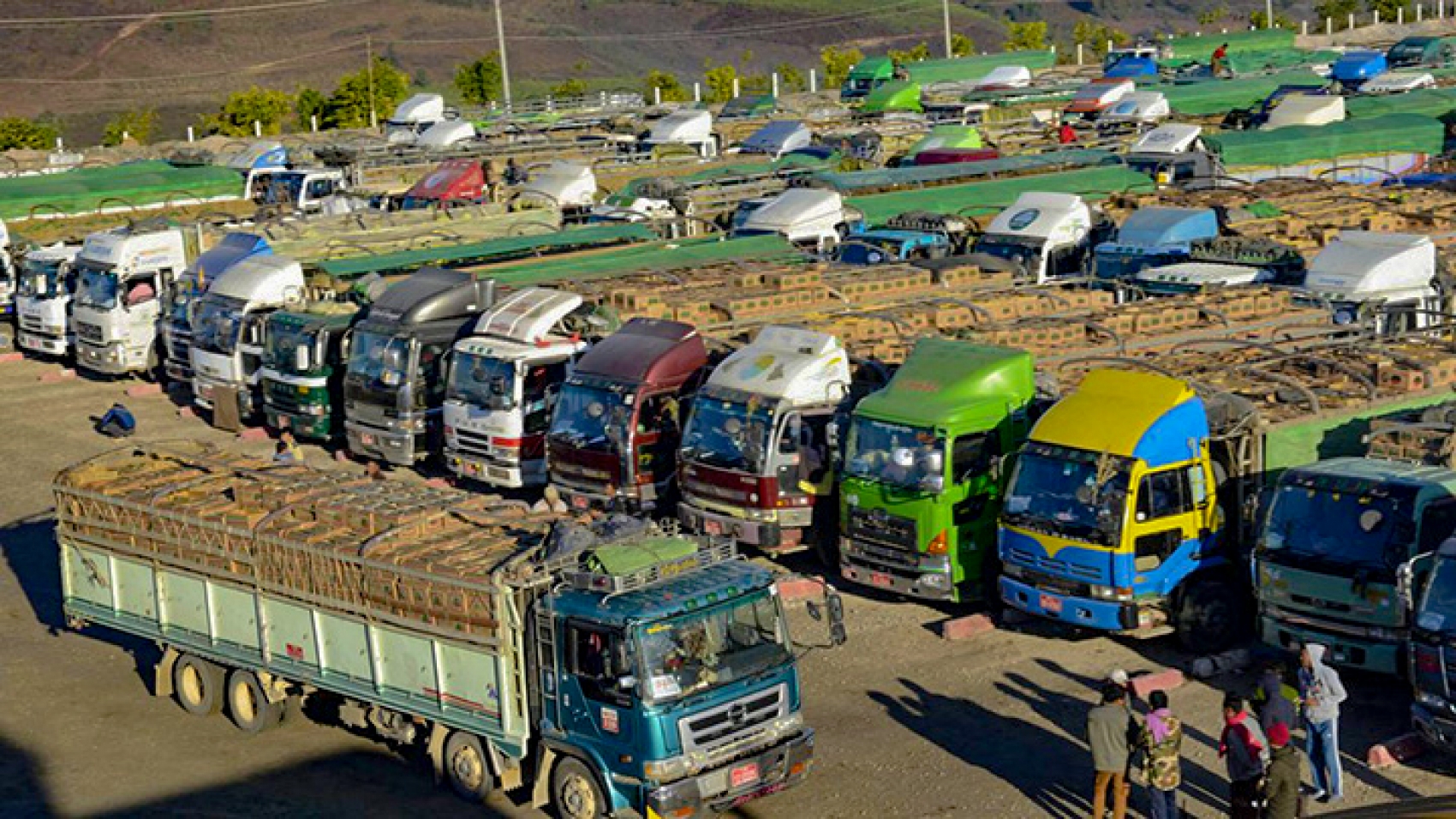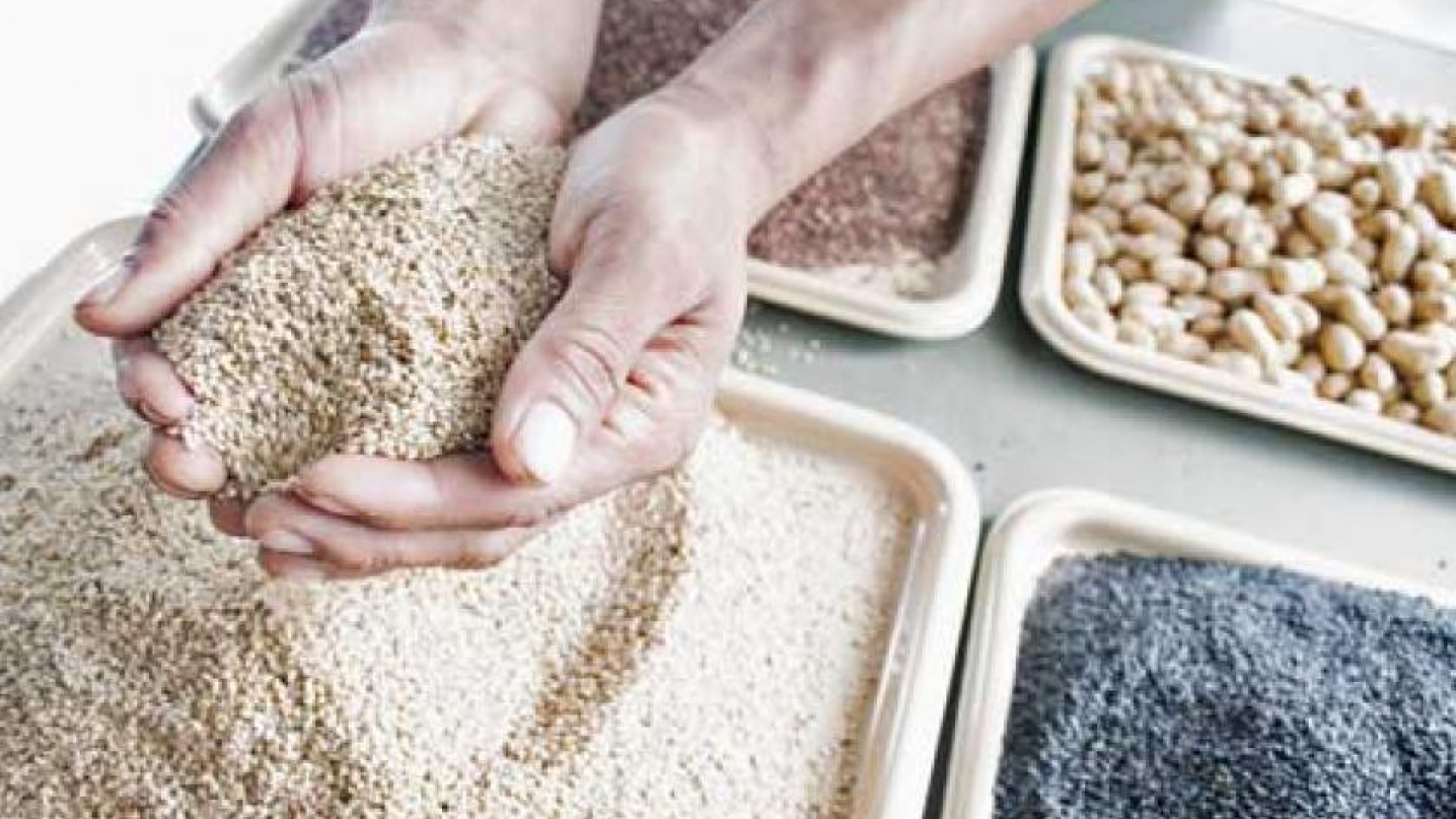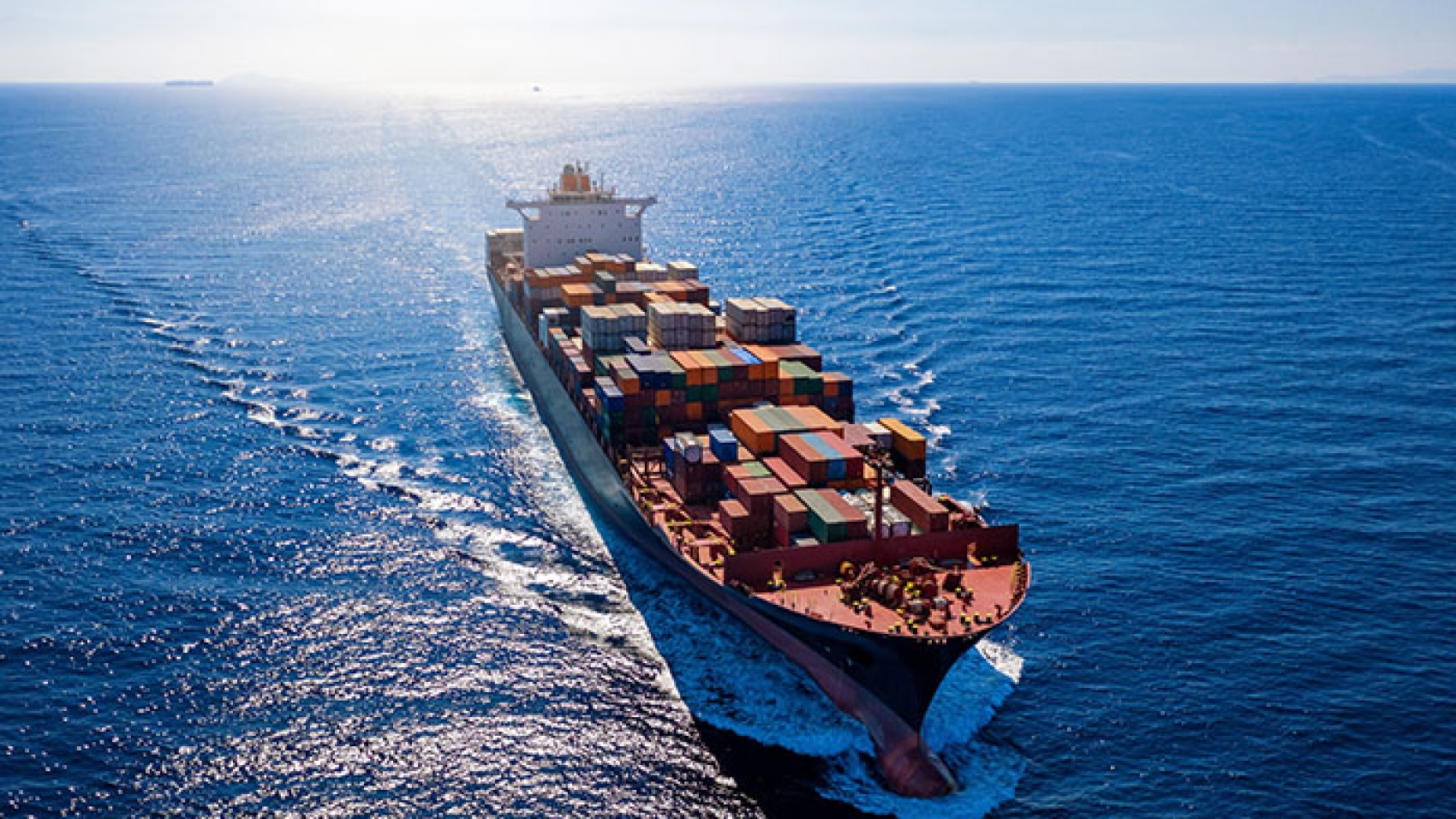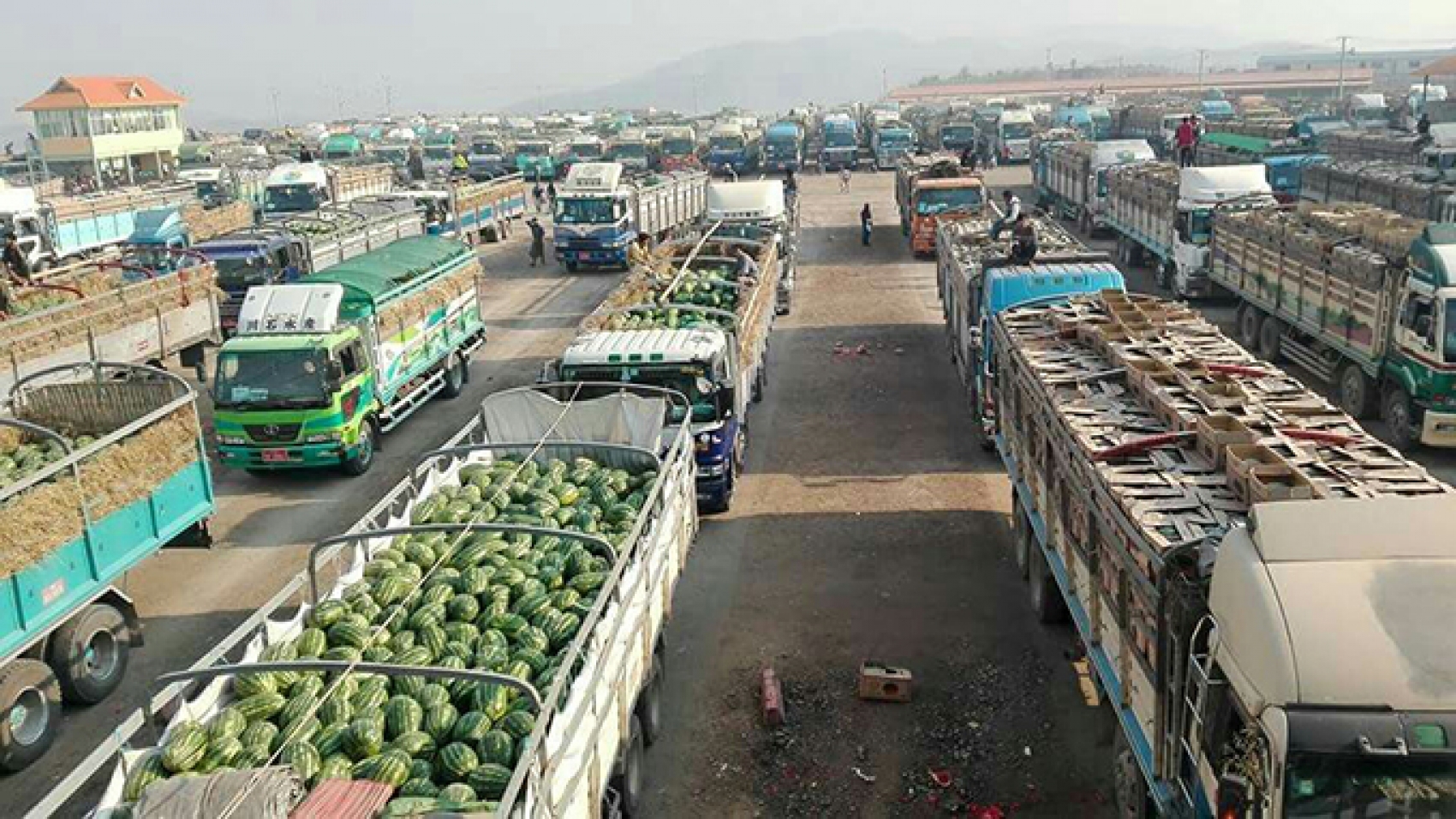Personal goods are being imported through the Myawady land border trade zone. The personal goods consist of electronic items, foodstuffs, clothes and shoes, Nivea, Mistine, Bella, Promina, Karmart, Arche, C’Care, Lolane and Berina’s facial foam, cosmetics and hair colour and shampoo. Under the World Trade Organization (WTO)’s Agreement on Import Licencing Procedures, cosmetics are permitted to import without requiring an export licence. Upon production of the import declaration form at the Customs Department, the goods can be imported.
Nevertheless, the chemicals needed for the production of the cosmetics can be imported only with the approval of the relevant ministry after obtaining an import licence. According to the prevention of Hazard from Chemicals and Related Substances Rules issued under Notification 85/2015-2016 by the Ministry of Planning, Finance and Industry (formally The Ministry of Industry) on 12 January 2016, the cosmetic raw materials applied for import licence are the chemicals. So, the licences are being issued only with the approval of the Ministry of Industry.
The raw materials to produce the cosmetics are needed to systematically scrutinize that they are not harmful to the customers. To enable issuance of the import licence by the Ministry of Industry, these chemical products will be sent to the Department of Research and Innovation under the Ministry of Education to carry out the safety test for the manufacturers to be issued with the letters of recommendation that guarantee the safety of consumption if the test results are appropriate. Although the cosmetic importers could import without having an import licence, the raw materials to produce the cosmetics are allowed to import only with the approval of the relevant department.
Source: The Global New Light of Myanmar

